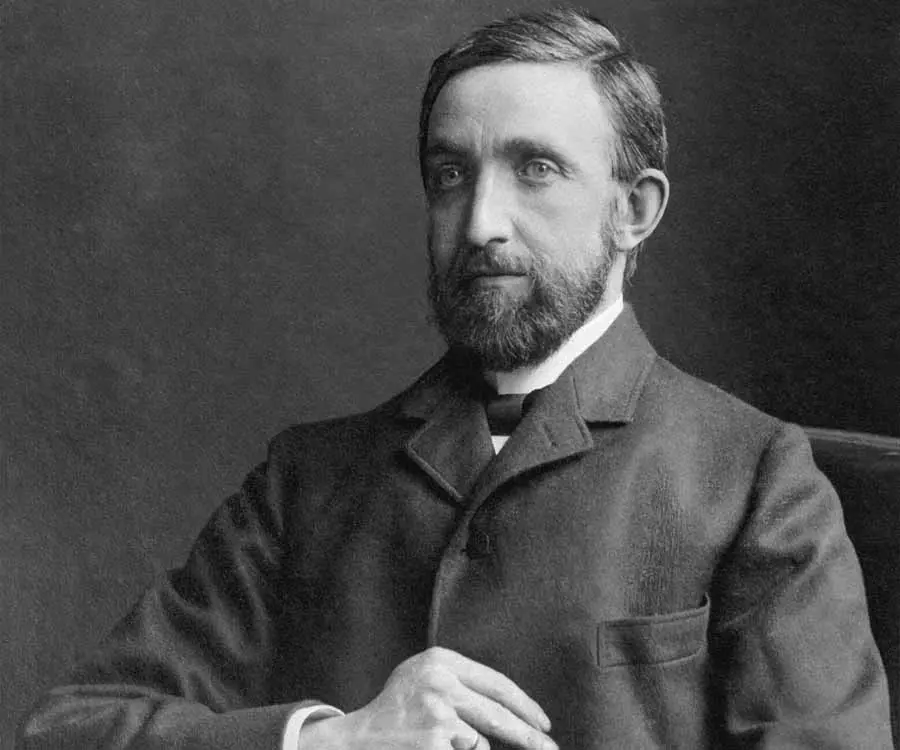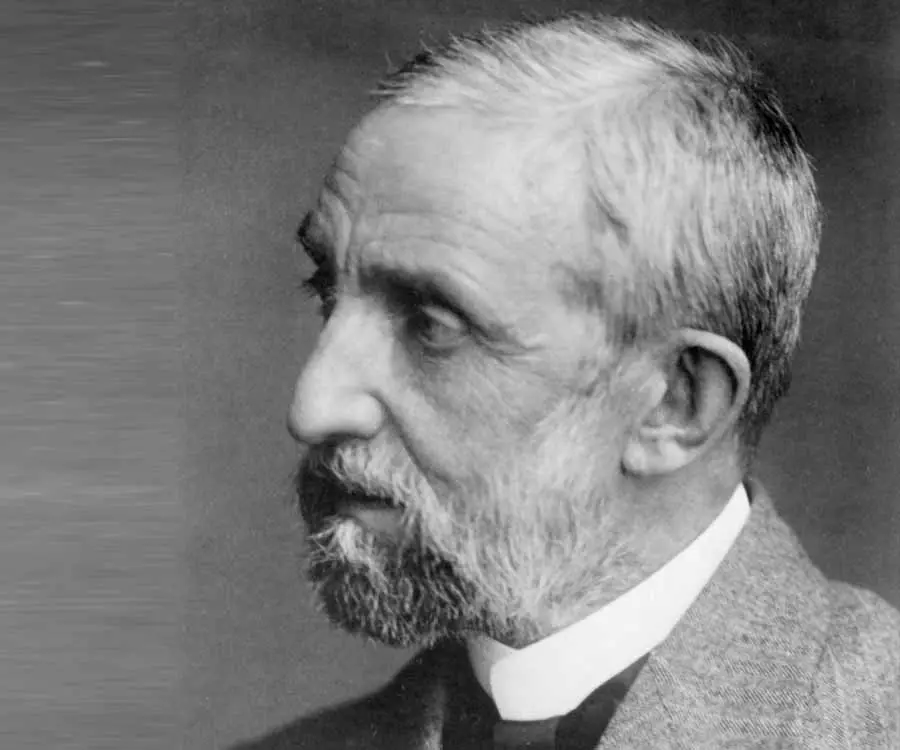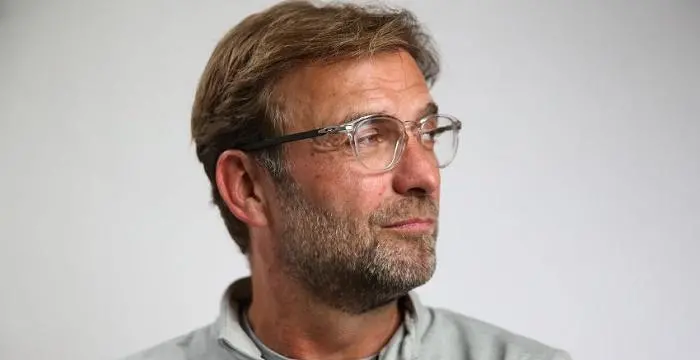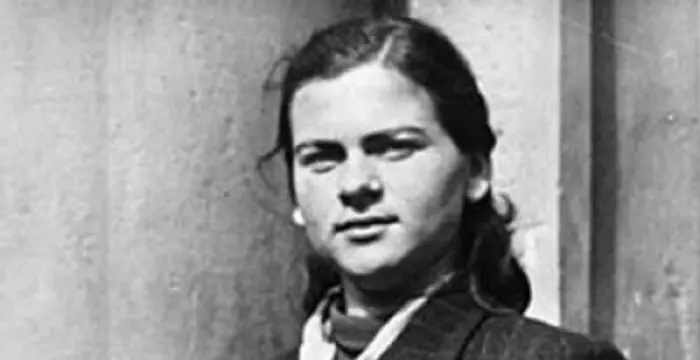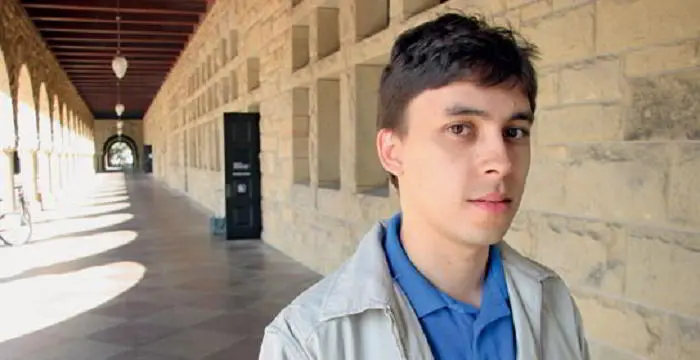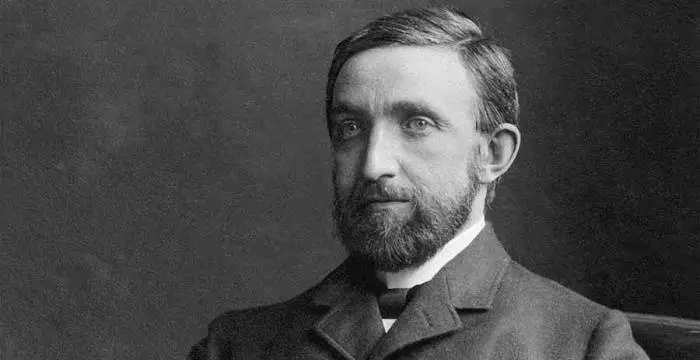
Philipp Lenard - Scientists, Family and Childhood
Philipp Lenard's Personal Details
Philipp Eduard Anton von Lenard was a renowned German physicist
| Information | Detail |
|---|---|
| Birthday | June 7, 1862 |
| Died on | May 20, 1947 |
| Nationality | German |
| Famous | Scientists, Physicists |
| Known as | Philipp von Lenard, Philipp Eduard Anton von Lenard |
| Universities |
|
| Birth Place | Pressburg, Kingdom of Hungary, Austrian Empire |
| Religion | Christian |
| Gender | Male |
| Father | Philipp von Lenardis |
| Mother | Antoine Baumann |
| Sun Sign | Gemini |
| Born in | Pressburg, Kingdom of Hungary, Austrian Empire |
| Famous as | Physicist |
| Died at Age | 84 |
// Famous Physicists
Henry Cavendish
Henry Cavendish was a theoretical chemist and physicist, renowned for discovery of hydrogen and calculation of the mass of earth. To know more about his childhood, profile, timeline and career read on
Walter Kohn
Nobel Laureate Walter Kohn was an Austrian-born American theoretical chemist and physicist. Check out this biography to know about his childhood, life, achievements, works & timeline.
Nikola Tesla
Nikola Tesla was a Serbian-American inventor, best known for his development of alternating current electrical systems. This biography of Nikola Tesla provides detailed information about his childhood, life, achievements, works & timeline.
Philipp Lenard's photo
Who is Philipp Lenard?
Philipp Eduard Anton von Lenard was a renowned German physicist. He was awarded the Nobel Prize for Physics for his research on cathode rays. He applied the discovery that cathode rays pass through thin leaves of metal to construct a cathode-ray tube with an aluminum window through which the rays could go into the open air. Lenard was always interested in phosphorescence and luminescence. He expanded on Heirich Hertz’s work on the photoelectric effect and showed that when ultraviolet light falls on metal electrons, their speed can be increased and reduced by an electric field or their paths can be blocked by a magnetic field. This theory was not proven till Sir Albert Einstein produced his theory of quanta of photons, which was based on Lenard’s body of work. Lenard never forgave Einstein for associating his own name with this discovery. Philipp Lenard was also responsible for the invention of the first model of the ‘3-electrode lamp’ used in the radioelectric devices. He received many awards and honorary doctorates but believed himself to be ignored, whic explains his attacks on other physicists. He was also a member of Hitler’s National Socialist Party and an important role model for the ‘Deutsche Physik’ movement during the Nazi period.
// Famous Scientists
Juliane Koepcke
Juliane Koepcke is a German-Peruvian biologist, who was the lone survivor among the 92 passengers and crew of the ill-fated LANSA Flight 508 that crashed in the Peruvian rainforest on 24 December 1971. Know more about her life in this biography.
Henry Cavendish
Henry Cavendish was a theoretical chemist and physicist, renowned for discovery of hydrogen and calculation of the mass of earth. To know more about his childhood, profile, timeline and career read on
Konstantin Tsiolkovsky
Konstantin Tsiolkovsky was a Russian rocket scientist and a pioneer of astronautics. This biography provides detailed information about his childhood, family, personal life, career, achievements, etc.
Childhood & Early Life
Philipp Lenard was born in Bratislava, Pressburg, Hungary, on 7 June 1862. His father, Philipp von Lenardis was a wealthy wine maker and wholesaler in Pressburg. His mother, Antonie Baumann died young and Lenard was brought up by his aunt. She eventually married his father.
He started his schooling at 'A Pozsonyi királyi katholikus fögymnasium´ where he was deeply impressed by his teacher, Virgil Klatt.
After a lot of arguments, his father permitted him to carry on his studies at the Technische Hochsculen in Vienna and Budapest. In 1880, he studied physics and chemistry there.
In 1883, he moved to Heidelberg in Germany, where he studied physics for four semesters under Robert Bunsen, who had always been a “secret object of worship”. He matriculated at Heidelberg in 1883–1884.
In the summer of 1885, he started working on his doctoral thesis in Berlin and completed it in 1887 at Heidelberg.
Career
His first significant discovery was in 1889 when he found out that phosphorescence is caused by the occurrence of very small quantities of copper, bismuth, or manganese.
He spent three years as an assistant at Heidelberg, and then went to England to work in the electromagnetic and engineering laboratories of the “City and guides of the London Central Institution.”
On 1st April 1891, he came to Bonn to work under the famous scientist Heirich Hertz. After Hertz’s death in 1894, Lenard took charge of the publication of Hertz’s three-volume book, ‘Gesammelte Werke’.
In 1892, he qualified as a lecturer with a work on hydroelectricity even though he was mainly engaged in cathode ray experiments.
In 1892, he succeeded in constructing a tube with a ‘Lenard window’, which would direct the Cathode rays into either open air or a second evacuated space.
In October 1894, he got his first offer of an associate professorship at Breslau but he gave up this post after a year for a nontenured lectureship at the Technische Hochschule in Aachen.
In October 1896 Lenard joined as an assistant professor at Heidelberg.
In 1898, he went to Kiel as a professor and director of the physics laboratory.
In 1907 he was appointed a professor and director of the physics and radiology laboratory at the University of Heidelberg.
In August 1914 he was carried away by the wave of patriotism and nationalism and wrote ‘England und Deutschland zur Zeit des grossen Krieges’, in which he stated that the work of German researchers was methodically concealed and copied by the British scientists.
He contrasted the ‘dogmatic Jewish physics’ with a pragmatic ‘German physics’ and in 1936-1937 published four volumes of the title ‘Deutsche Physik’.
One of the earliest followers of National Socialism, Lenard travelled to a party meeting in Heilbronn on 15 May 1926 to meet Adolf Hitler in person. He soon became one of the trusted scientists of Hitler.
In 1931, Philipp Lenard retired from Heidelberg University as professor of theoretical physics.
In 1945, after the downfall of Hitler, the Allied occupation forces expelled him from his post.
Major Works
Philipp Lenard discovered a way to study the cathode radiation outside the glass tube by equipping it with a thin aluminium window. Albert Einstein’s hypothesis of light quanta further proved this interpretation.
Awards & Achievements
In 1896, he was awarded the Rumford Medal by the Royal Society and the Matteucci Medal by the Italian Society of Sciences.
Philipp Lenard received the 1905 Nobel Prize in Physics for his work on cathode rays in the Field of atomic physics.
In 1932, he received the Franklin Medal presented by the Franklin Institute, Philadelphia, US.
He achieved emeritus status during his term as professor in the Heidelberg University.
Personal Life & Legacy
Phillip Lenard died at the age of 84 on 20 May 1947 in Messelhausen, Germany.
Trivia
The life of Lenard and the friction between his work and that of Albert Einstein is the topic of the book ‘The Man Who Stalked Einstein: How Nazi Scientist Philipp Lenard Changed the Course of History’ by Bruce J. Hillman, Birgit Ertl-Wagner and Bernd C. Wagner.
// Famous Gemini Celebrities peoples
Wentworth Miller
Wentworth Miller is an American actor and screenwriter who achieved recognition for his role in the TV series ‘Prison Break’.
Joyce Meyer
Joyce Meyer is a Christian author and speaker. This biography provides detailed information about her childhood, life, achievements, works & timeline
Zoe LaVerne
Zoe LaVerne is an American musical.ly star. Check out this biography to know more about her family, personal life, including her age, birthday, etc.
Philipp Lenard's awards
| Year | Name | Award |
|---|---|---|
Other | ||
| 0 | 1905 - Nobel Prize for Physics | |
Philipp Lenard biography timelines
- // 7th Jun 1862Philipp Lenard was born in Bratislava, Pressburg, Hungary, on 7 June 1862. His father, Philipp von Lenardis was a wealthy wine maker and wholesaler in Pressburg. His mother, Antonie Baumann died young and Lenard was brought up by his aunt. She eventually married his father.
- // 1880After a lot of arguments, his father permitted him to carry on his studies at the Technische Hochsculen in Vienna and Budapest. In 1880, he studied physics and chemistry there.
- // 1885 To 1887In the summer of 1885, he started working on his doctoral thesis in Berlin and completed it in 1887 at Heidelberg.
- // 1889His first significant discovery was in 1889 when he found out that phosphorescence is caused by the occurrence of very small quantities of copper, bismuth, or manganese.
- // 1st Apr 1891 To 1894On 1st April 1891, he came to Bonn to work under the famous scientist Heirich Hertz. After Hertz’s death in 1894, Lenard took charge of the publication of Hertz’s three-volume book, ‘Gesammelte Werke’.
- // 1892In 1892, he qualified as a lecturer with a work on hydroelectricity even though he was mainly engaged in cathode ray experiments.
- // 1892In 1892, he succeeded in constructing a tube with a ‘Lenard window’, which would direct the Cathode rays into either open air or a second evacuated space.
- // Oct 1894In October 1894, he got his first offer of an associate professorship at Breslau but he gave up this post after a year for a nontenured lectureship at the Technische Hochschule in Aachen.
- // 1896In 1896, he was awarded the Rumford Medal by the Royal Society and the Matteucci Medal by the Italian Society of Sciences.
- // Oct 1896In October 1896 Lenard joined as an assistant professor at Heidelberg.
- // 1898In 1898, he went to Kiel as a professor and director of the physics laboratory.
- // 1905Philipp Lenard received the 1905 Nobel Prize in Physics for his work on cathode rays in the Field of atomic physics.
- // 1907In 1907 he was appointed a professor and director of the physics and radiology laboratory at the University of Heidelberg.
- // Aug 1914In August 1914 he was carried away by the wave of patriotism and nationalism and wrote ‘England und Deutschland zur Zeit des grossen Krieges’, in which he stated that the work of German researchers was methodically concealed and copied by the British scientists.
- // 15th May 1926One of the earliest followers of National Socialism, Lenard travelled to a party meeting in Heilbronn on 15 May 1926 to meet Adolf Hitler in person. He soon became one of the trusted scientists of Hitler.
- // 1931In 1931, Philipp Lenard retired from Heidelberg University as professor of theoretical physics.
- // 1932In 1932, he received the Franklin Medal presented by the Franklin Institute, Philadelphia, US.
- // 1936 To 1937He contrasted the ‘dogmatic Jewish physics’ with a pragmatic ‘German physics’ and in 1936-1937 published four volumes of the title ‘Deutsche Physik’.
- // 1945In 1945, after the downfall of Hitler, the Allied occupation forces expelled him from his post.
- // 20th May 1947Phillip Lenard died at the age of 84 on 20 May 1947 in Messelhausen, Germany.
// Famous German peoples
Jordan Carver
Jordan Carver is a famous German model. Let’s take a close look at her personal life, including her age, career, net worth, achievements and some fun facts.
Jürgen Klopp
Jürgen Klopp is a German football manager, and a former professional football player. Check out this biography to know more about his childhood, family, personal life, etc.
Irma Grese
Irma Grese was a notorious German Nazi concentration camp guard during the Second World War. This biography profiles her childhood, life, horrifying acts, death and other facts.
Juliane Koepcke
Juliane Koepcke is a German-Peruvian biologist, who was the lone survivor among the 92 passengers and crew of the ill-fated LANSA Flight 508 that crashed in the Peruvian rainforest on 24 December 1971. Know more about her life in this biography.
Jawed Karim
Jawed Karim is a German-American internet entrepreneur, technologist and co-founder of the video-sharing website, YouTube. Check out this biography to know about his childhood, family, personal life, achievements, age, etc.
Charles Bukowski
Charles Bukowski was a German-born American novelist, short story writer and poet. With this biography, learn in details about his childhood, life, works, career and timeline
Philipp Lenard's FAQ
What is Philipp Lenard birthday?
Philipp Lenard was born at 1862-06-07
When was Philipp Lenard died?
Philipp Lenard was died at 1947-05-20
Where was Philipp Lenard died?
Philipp Lenard was died in Messelhausen, Germany
Which age was Philipp Lenard died?
Philipp Lenard was died at age 84
Where is Philipp Lenard's birth place?
Philipp Lenard was born in Pressburg, Kingdom of Hungary, Austrian Empire
What is Philipp Lenard nationalities?
Philipp Lenard's nationalities is German
What was Philipp Lenard universities?
Philipp Lenard studied at Ruprecht Karl University of Heidelberg
What is Philipp Lenard's religion?
Philipp Lenard's religion is Christian
Who is Philipp Lenard's father?
Philipp Lenard's father is Philipp von Lenardis
Who is Philipp Lenard's mother?
Philipp Lenard's mother is Antoine Baumann
What is Philipp Lenard's sun sign?
Philipp Lenard is Gemini
How famous is Philipp Lenard?
Philipp Lenard is famouse as Physicist



